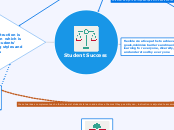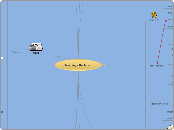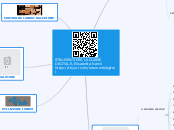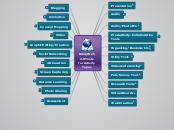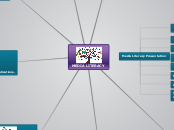av Laurie Reid-Bos för 6 årar sedan
166
Concept Map
Effective educational strategies revolve around assessing students at various stages to guide subsequent instructional steps. A key component includes the ability of students to express their learning through multiple formats, enhanced by assistive technology.
